The Compact System Camera market is as abundant as it’s ever been, which makes choosing the best camera for your needs all the more confusing. Josie Reavely compares the feature sets of the popular current models with those of their closest rivals.
Fuji X-T1 vs Sony A7
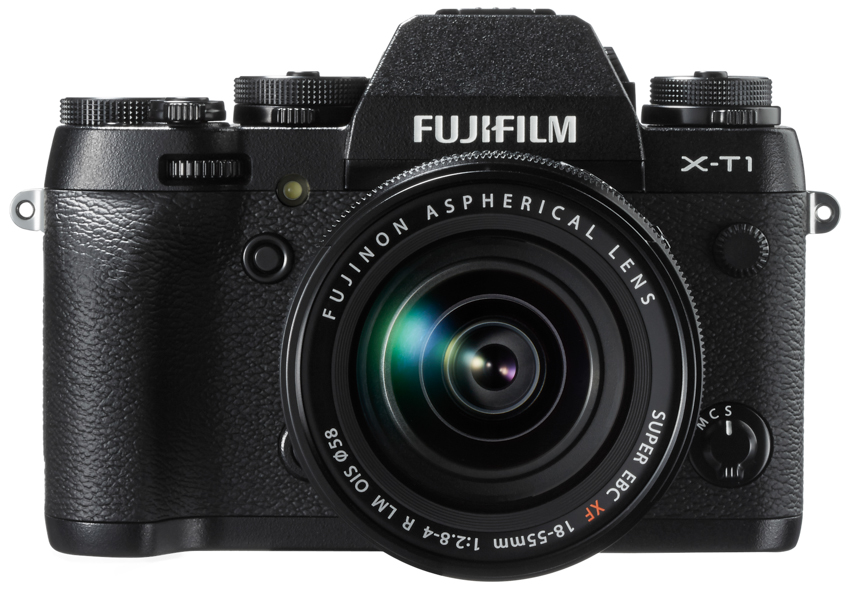
The Fujifilm X-T1 is the newer model of the pair but, with its slightly pared-down specifications, it represents a smaller initial investment. That’s not to say that Fuji has scrimped on features, with the X-T1 boasting a higher resolution 1,040k-dot screen (compared to the Sony’s 921k-dot LCD), a faster continuous shooting mode (8fps vs 5fps) and a trimmer, lighter overall package for easy portability. The Sony A7, on the other hand, benefits from faster video autofocus thanks to its phase-detect AF system, as well as a 24p setting, in-camera HDR processing and a higher (native) maximum sensitivity of ISO 25,600.
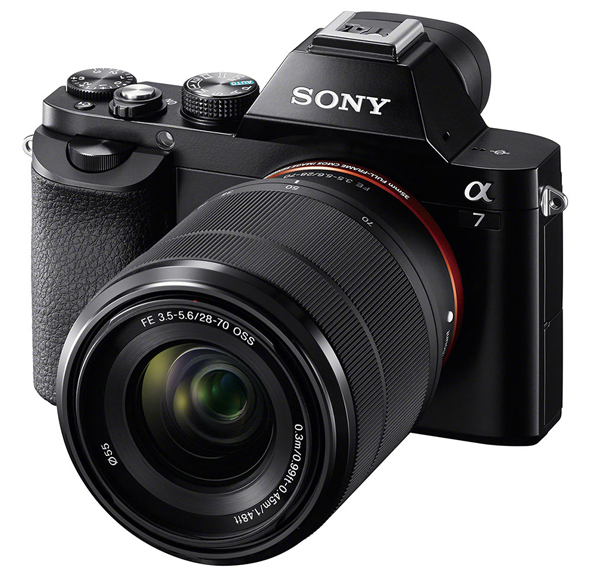
The Sony A7 is also built around a much larger 35mm (full frame) sensor than the APS-C alternative in the X-T1, delivering a higher sensor resolution of 24MP compared to the X-T1′s 16.3MP, while added extras such as a larger electronic viewfinder and a higher maximum shutter speed (1/8000sec vs 1/4000sec) add further weight to the argument when deciding whether to spend the extra cash on the more expensive of the two.
Click here to buy the Fuji X-T1
Click here to buy the Sony A7
Olympus OM-D E-M10 vs Sony A6000
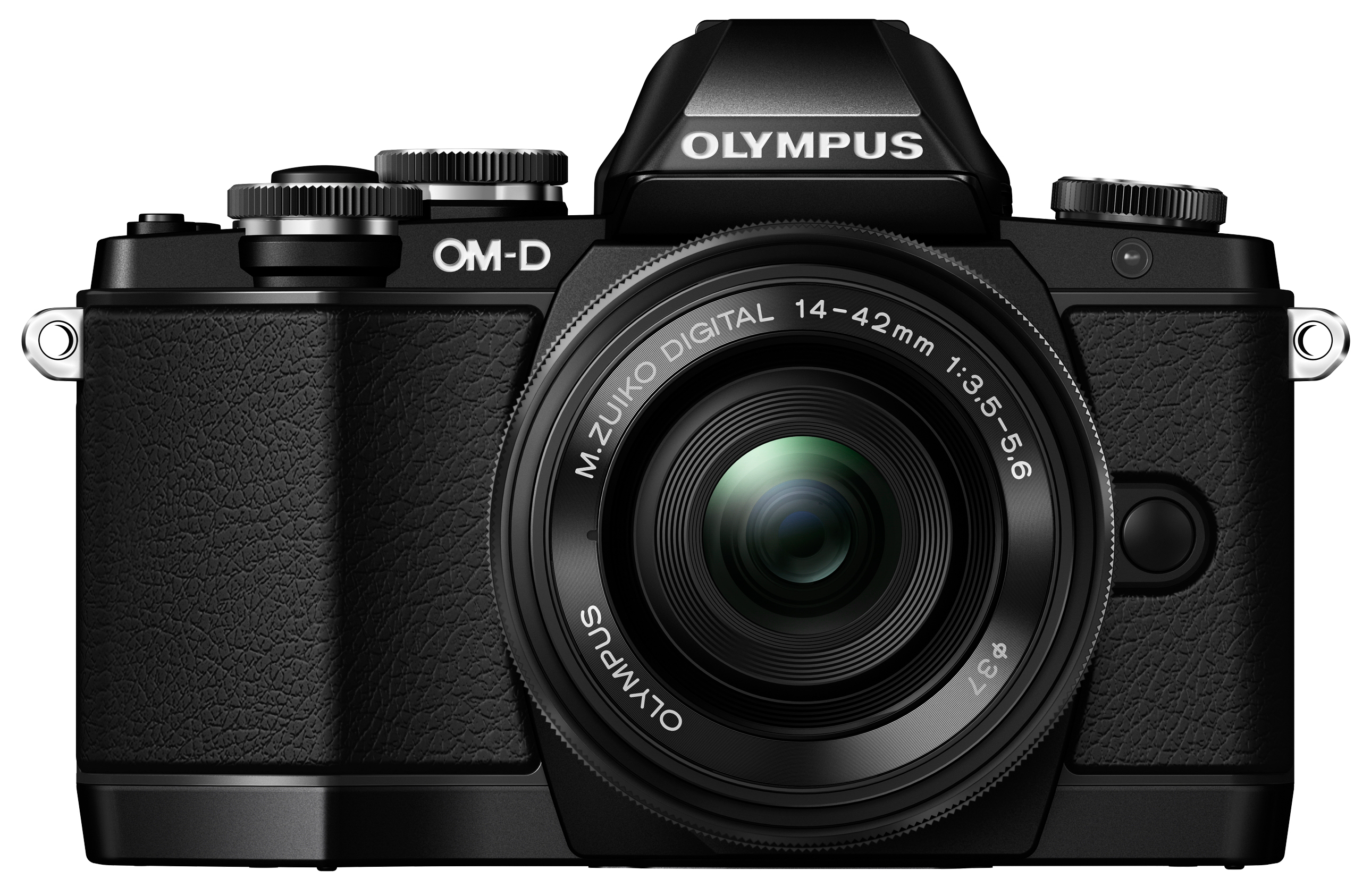
There’s a lot to recommend both of these cameras, with each boasting great handling and robust build quality – albeit with quite different approaches to design in terms of aesthetics. In-keeping with the company’s penchant for retro-esque styling, the Olympus OM-D E-M10 proffers a plethora of physical controls that work in tandem with its responsive touchscreen, for a versatile operating experience. The rangefinder-style Sony A6000, meanwhile, cuts a slightly svelter silhouette, with its lighter overall weight scoring points when it comes to portability.
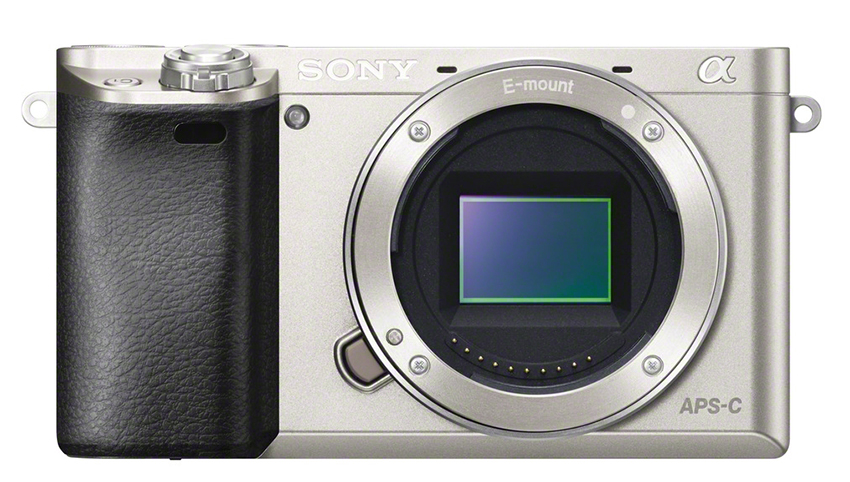
In terms of performance, the built-in sensor-shift image stabilisation system inside the OM-D E-M10 is an asset for low-light and long-range shooting, but it’s the A6000 that wins overall for its larger and higher resolution 24.3MP (vs 16MP) APS-C sensor and the resulting images it’s capable of producing. The A6000 also boasts a higher number of AF points which deliver greater accuracy and speed while shooting, plus, according to DxO Mark, images show better colour depth, wider dynamic range and lower levels of noise.
Click here to buy the Olympus OM-D E-M10
Click here to buy the Sony A6000
Panasonic GM1 vs Panasonic GX7
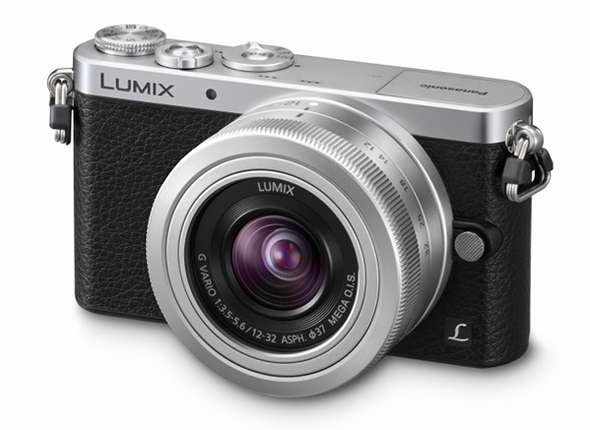
These rangefinder-inspired models in Panasonic’s Lumix line each incorporate a 16MP Micro Four Thirds CMOS sensor and handful of other common features, including the same ISO 125-25,600 sensitivity range, 5fps burst mode, 23-point AF system, built-in wireless connectivity and full HD video recording at up to 60fps.
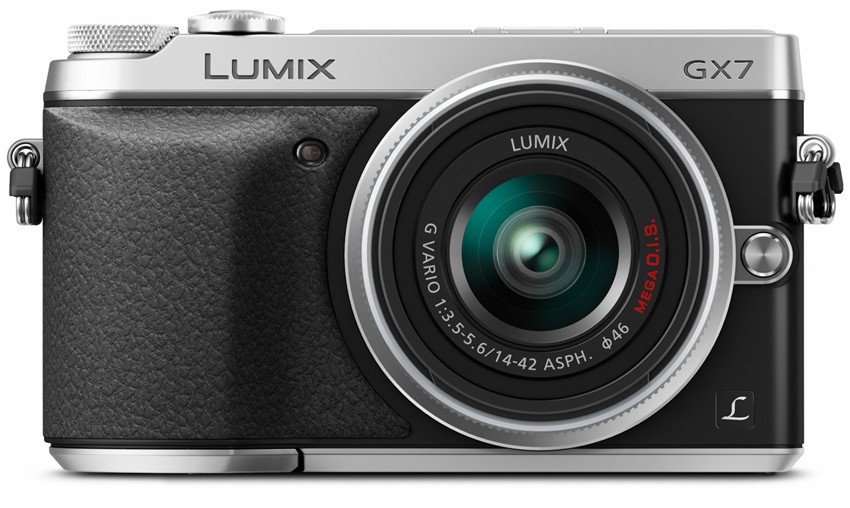
The pricier GX7 does offer a few advantages over its little brother, however, such as a hotshoe for external flashguns and microphones, an articulated touch screen (compared to the GM1’s fixed version) and a built-in viewfinder. Furthermore, while the two offer Wi-Fi, only the GX7 offers NFC. Differences in image quality are negligible in several aspects; however the GX7 does slightly beat the GM1 in terms of colour sensitivity, dynamic range and noise control at the top of its sensitivity range.
Click here to buy the Panasonic GM1
Click here to buy the Panasonic GX7
Sony NEX-5T vs Samsung NX300
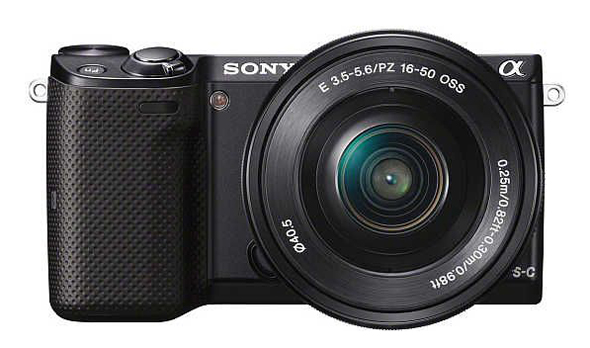
Roughly similar in size and weight, these petite powerhouses both pack plenty of features into their diminutive bodies. On the surface, both offer the same ISO 100-25,600 sensitivity range, Raw file support, full HD movie recording and built-in WiFi, and both lack a built-in flash and viewfinder (although the Samsung NX300 does come with a external flash as standard, and the NEX-5T can have an external viewfinder added to it). Both have tilting touchscreens, although at 3.3 inches, the Samsung NX300‘s is a shade larger than the Sony’s 3in version. Yet, while the display on the NEX-5T offers 921,600 dots, Samsung’s can only manage 768,000.
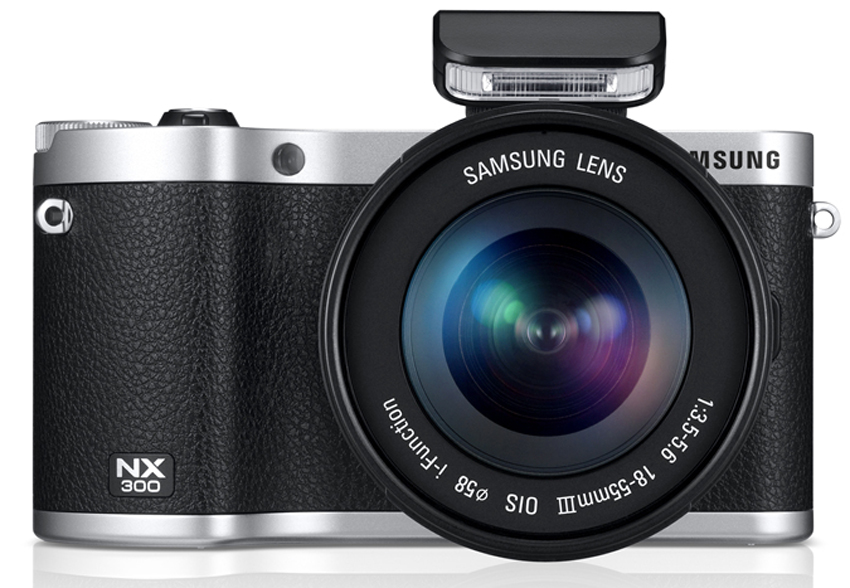
The NX300 boasts a 20MP CMOS sensor next to Sony’s lower-resolution 16MP offering, but in terms of performance the two are pretty evenly matched. Colour depth and dynamic range are very similar in images from both rivals, although the Sony NEX-5T is slightly better at controlling noise at higher sensitivities. In summary, either of these would make decent all-rounders for everyday shooting.
Click here to buy the Sony NEX-5T
Click here to buy the Samsung NX300
Olympus OM-D EM-1 vs Panasonic GH4
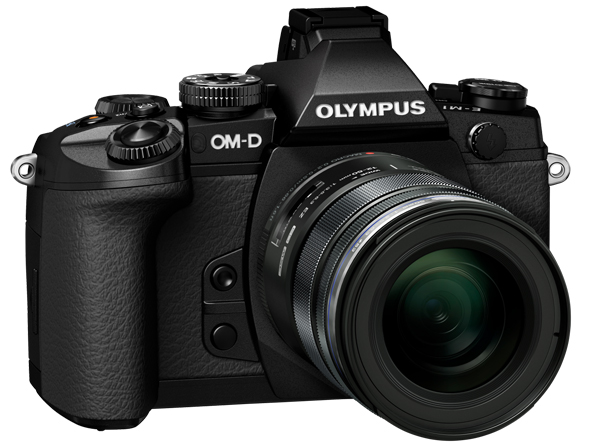
The bulkier DSLR-style design adopted by this pair of rivals has its advantages, creating more room for features like built-in electronic viewfinders. Each goes on to offer a weather-sealed body and responsive touchscreen, as well as Wi-Fi and the ability to be controlled via an external remote. The Olympus OM-D E-M1 appears to beat its GH4 rival in many areas, however, with its much higher resolution screen, larger viewfinder, more densely-populated AF system, sensor-shift image stabilisation and a higher maximum ISO sensitivity among other things.
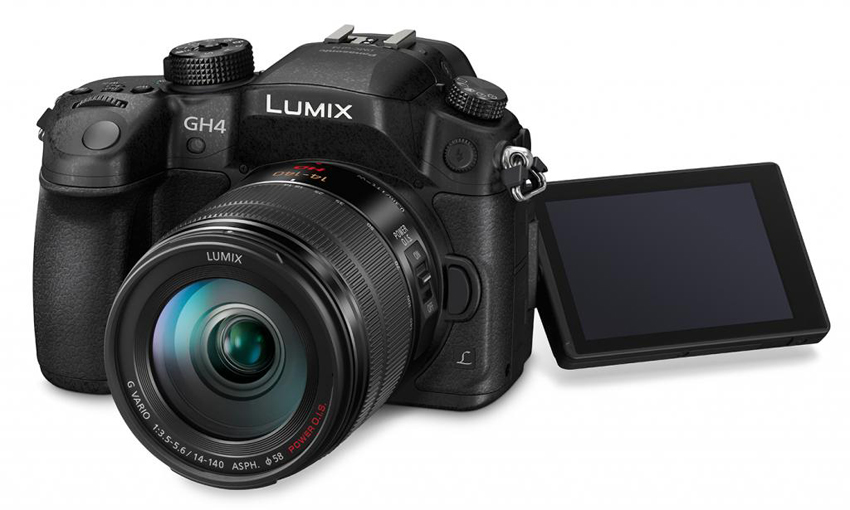
On the other hand, the GH4 offers scope to capture higher resolution 4k movies, vs the OM-D E-M1′s full HD recording, along with 3D photo-recording capability, a slightly faster 12fps burst mode (compared to 10fps on the OM-D E-M1) plus a built-in flash. Overall, image quality from each of these 16MP models is pretty comparable across the board, so the extra videography features and on-board flash are where the premium is going.
Click here to buy the Olympus OM-D E-M1
Click here to buy the Panasonic GH4
Thinking of a DSLR instead? Click here to read our Best DSLRs Under £1000 article
Fuji X-T1 vs Fuji X-E2
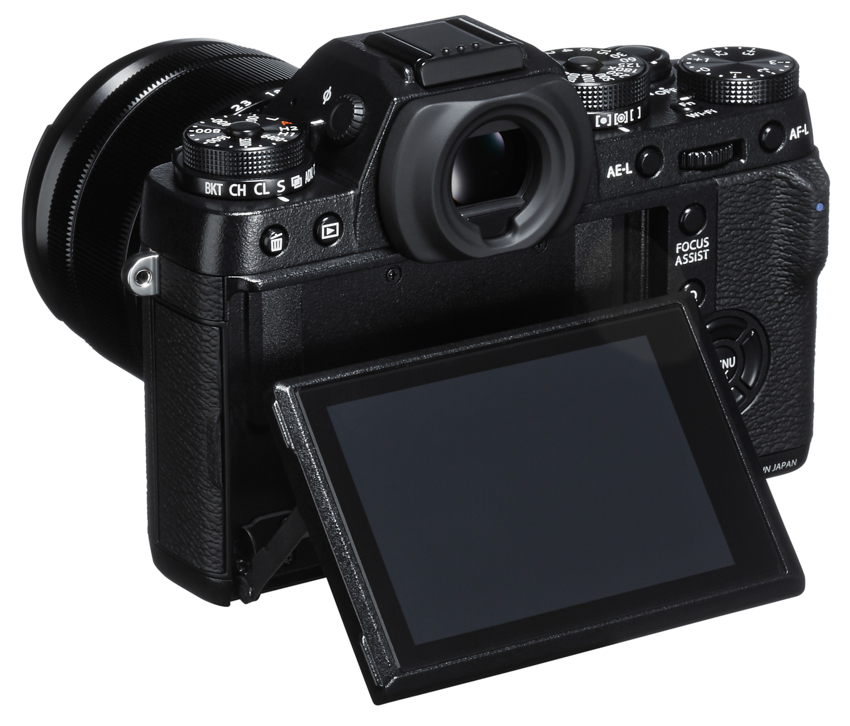
Given that these two cameras share the same 16MP CMOS sensor, it’s hardly surprising that they are evenly matched for image quality in many areas. The more recent X-T1 justifies its slightly higher price tag with the integration of weather sealing and a more versatile flip-out screen, as well as a marginally faster 8fps burst mode (versus 7fps on the X-E2) and optional geotagging option thrown in for measure, although it lacks the built-in flash found on the X-E2, providing an external one in the box instead.
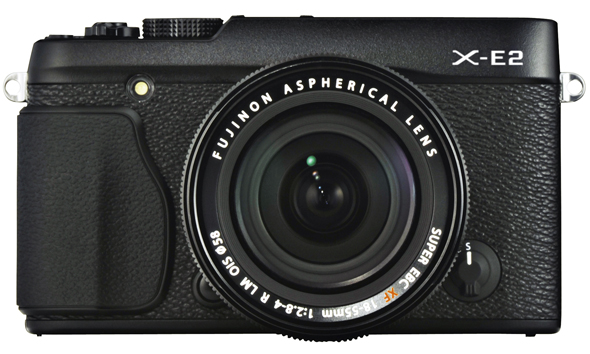
Elsewhere, each provides external mic support, full HD movie recording, a 49-point AF system, built-in EVF with 100% coverage and a 1,040,000-dot resolution, 3in screen. Wi-Fi is another shared feature, making the battle between these models a pretty tough one to call.
Click here to buy the Fuji X-T1
Click here to buy the Fuji X-E2
Panasonic GX7 vs Olympus OM-D E-M5

These models may not boast the shiniest bells and whistles that the youngsters on the market have to offer, but that’s not to say that they should be discounted when searching for a reliable, well-specified CSC. Both boast well-made, magnesium-alloy bodies and are built around a 16MP CMOS sensor, and as Micro Four Thirds models, each is compatible with the widest range of lenses for any current mirrorless system. The OM-D E-M5 shows its age a little with its lower resolution 3in LCD (610,000 dots compared to the GX7’s 1,040,000 dots) although both offer a versatile tilting design. You also get an EVF in each model, with the GX7′s being higher in resolution, although there’s no built-in flash in the Olympus.
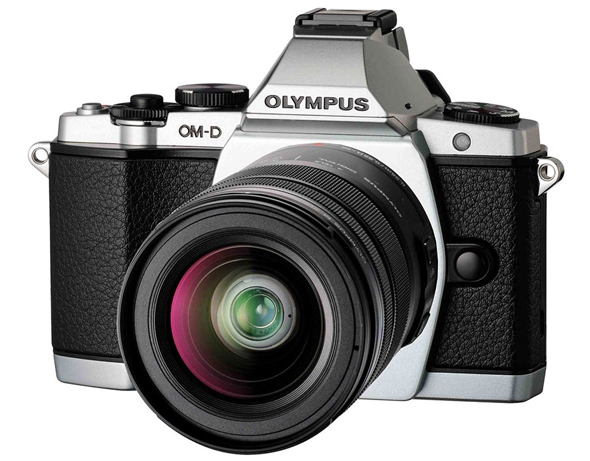
Each camera is equipped with an external hotshoe for external flashguns, along with comparable full HD movie modes. Wi-Fi is built into the body of the GX7, with support available using a Wi-Fi memory card in the case of the OM-D E-M5, while the latter also has weather-sealing and a faster 9fps continuous drive mode (vs 5fps on the GX7) in its favour. Overall verdict: the phrase “swings and roundabouts” springs to mind!
Click here to buy the Panasonic GX7
Click here to buy the Olympus OM-D E-M5
Olympus OM-D E-M10 vs Olympus OM-D E-M5
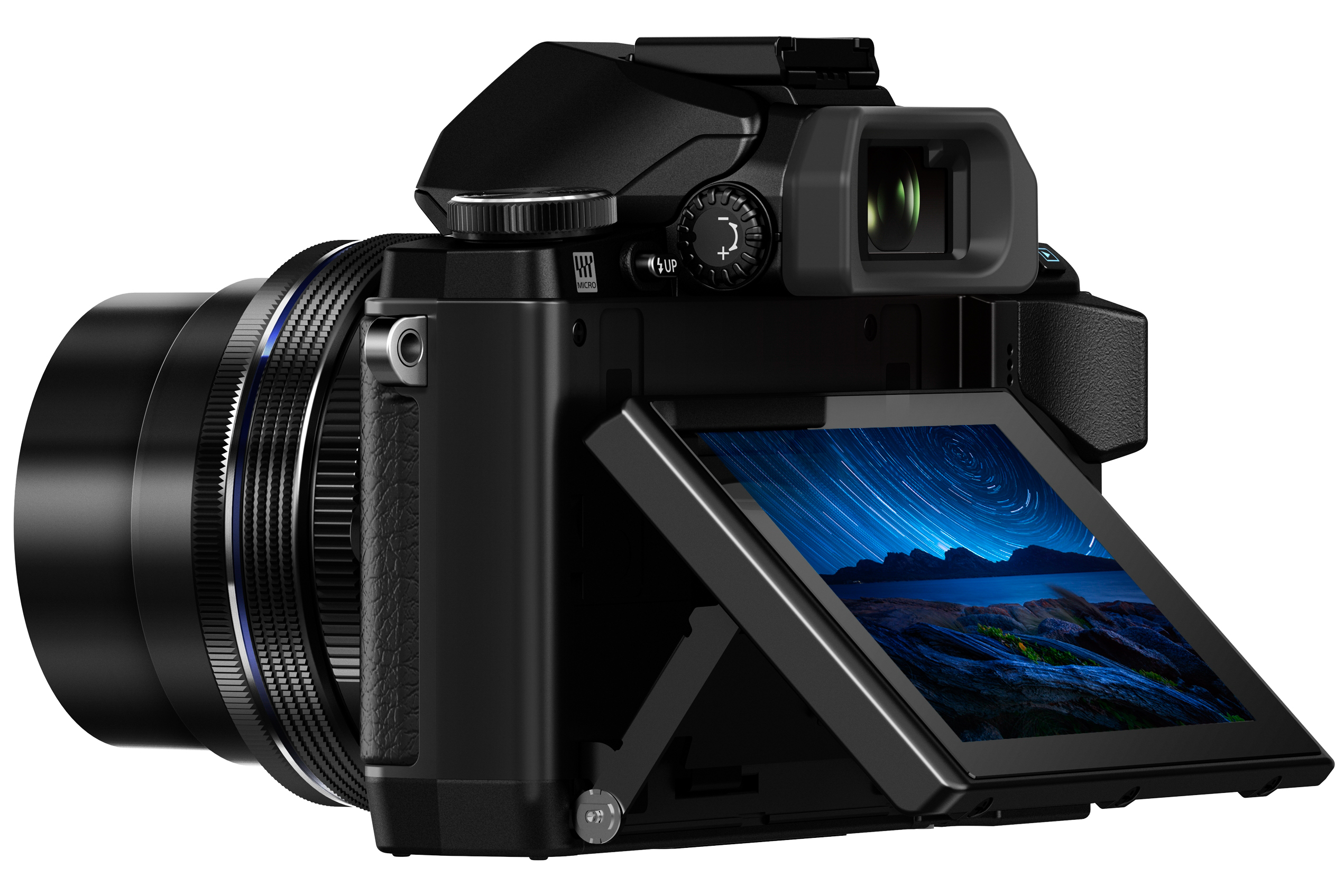
Like a lot of our same-brand comparisons, this pair shares a number of key features. They offers the same 16MP Micro Four Thirds sensor, with additional similarities including sensor-shift image stabilisation, tilting 3-inch touchscreens, the same 100% field-of-view EVF and external flash support among others.

The OM-D E-M5 provides a marginally faster 9fps (vs 8fps) continuous drive mode, an external mic jack and weather sealing, although the newer E-M10 does offer a few upgrades that make it a slightly shinier overall package. Its screen is more detailed thanks to its 1,04m-dot resolution (compared to the OM-D E-M5′s 610k dots), while it als0 boasts in-camera panorama capture, in-camera HDR processing, an 81-point AF system (vs 35-points) and a built-in flash. Although, the two produce images of a similar quality, the OM-D E-M10 does reap the benefits of having a more up-to-date processing engine, which delivers slightly lower noise at high ISOs.
Click here to buy the Olympus OM-D E-M10
Click here to buy the Olympus OM-D E-M5
Still confused? Click here to read our Compact System Camera Buying Guide
Nikon V3 Fuji X-T1
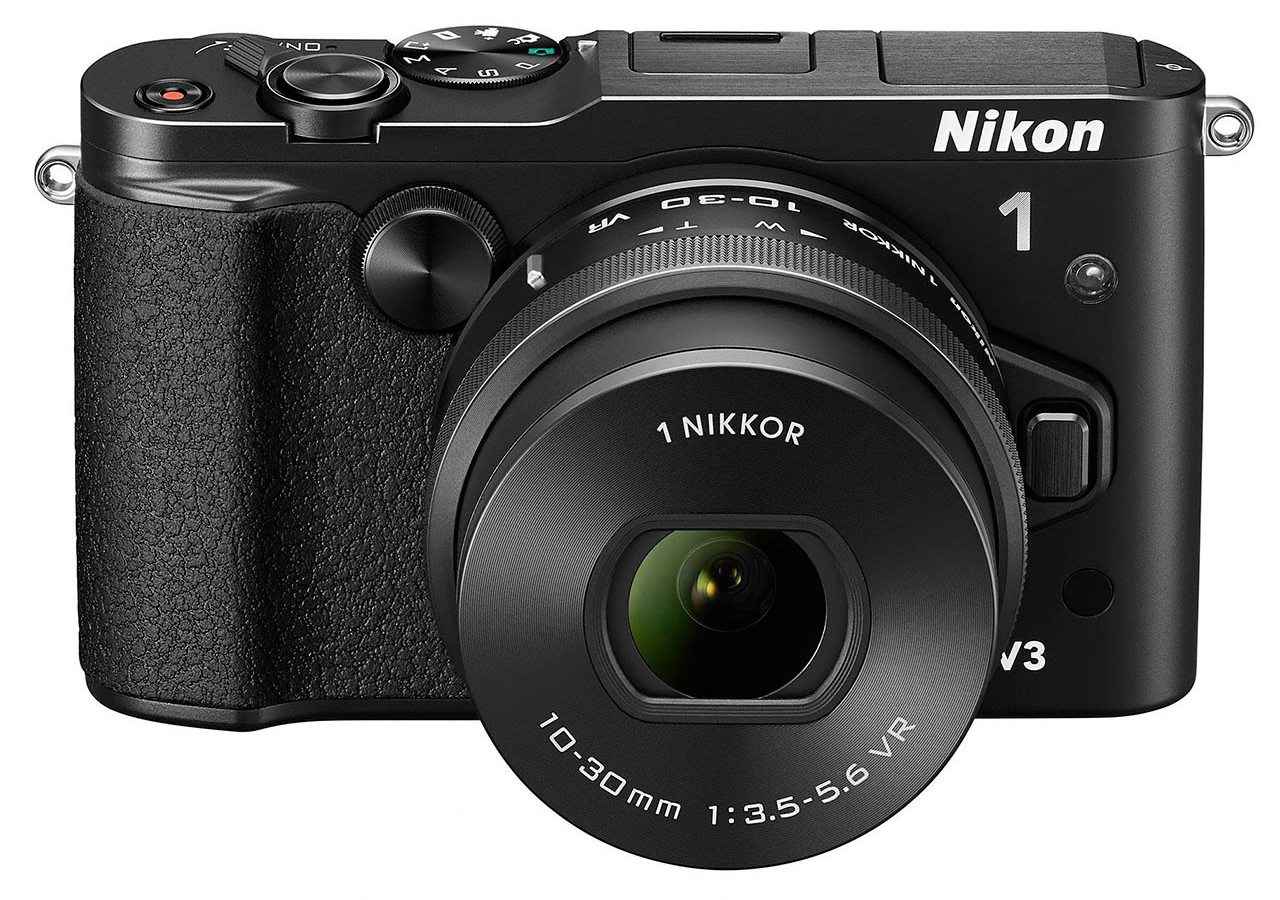
Both inside and out, these two couldn’t be much more like chalk and cheese. The X-T1‘s robustness – with its weather sealing and chunkier styling – gives a better impression if you’re looking for an everyday workhorse that can withstand the elements, plus it does tote a larger sensor and offers videographers the versatility of having an external mic jack for better quality sound recording.
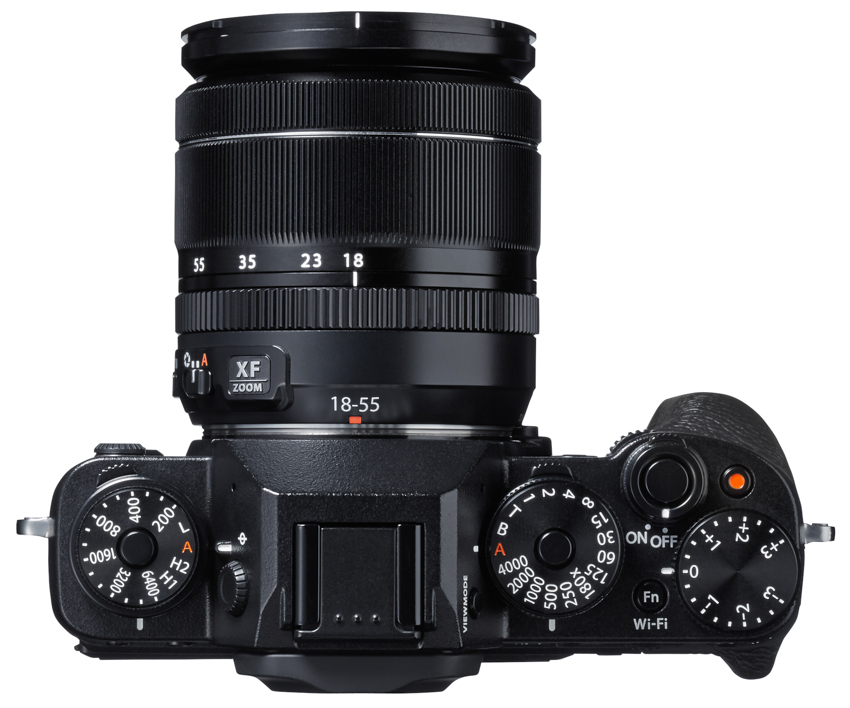
The Nikon V3 on the other hand is significantly smaller, lighter and leaner than the comparatively bulky Fuji, not to mention speedier in terms of operation and performance. A few highlights here include the facility to shoot slow-motion movies at up to 1,200fps, a faster maximum shutter speed (1/16000sec compared to 1/4000sec), plus a blistering 60fps continuous shooting mode that eclipses the Fuji’s 8fps offering. The Nikon V3 also provides a responsive touchscreen, a built-in flash and in-camera HDR, in addition to a higher resolution – albeit smaller CX-format – sensor. If speed is your priority, this one’s a no-brainer.
Click here to buy the Nikon V3
Click here to buy the Fuji X-T1
Canon EOS M vs Sony A5000
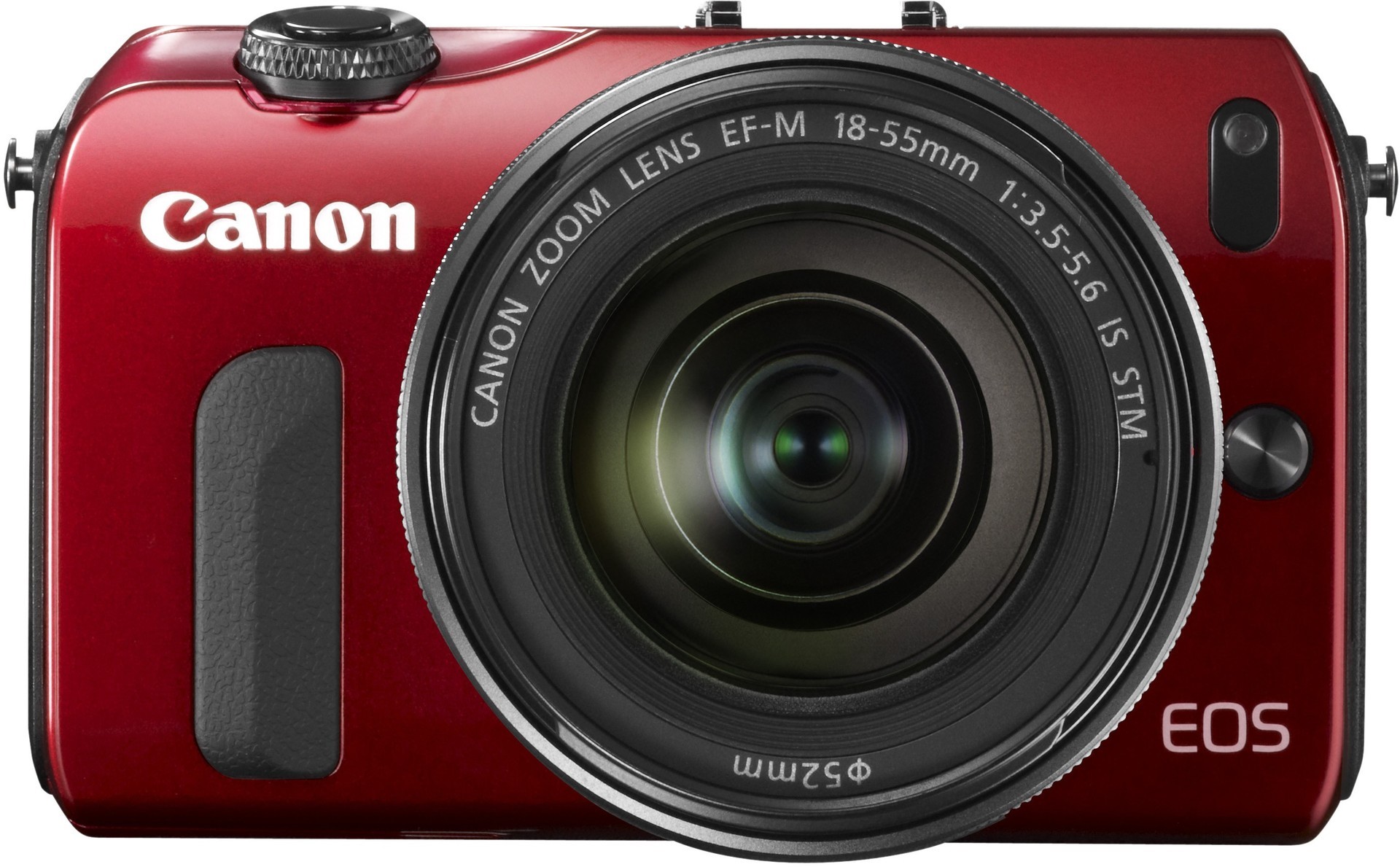
The Canon EOS M may be a little long in the tooth now, but its extensive spec sheet still manages to make an impression when compared to its contemporaries. In its favour, the EOS M offers a comprehensive 31-point AF system, compared to the Sony A5000′s 25-point version, plus it benefits from a higher resolution 1,040,000-dot, 3in touchscreen for intuitive handling. Video enthusiasts will appreciate the external mic jack that’s also on board, plus the hotshoe that serves as compensation for the lack of built-in flash.
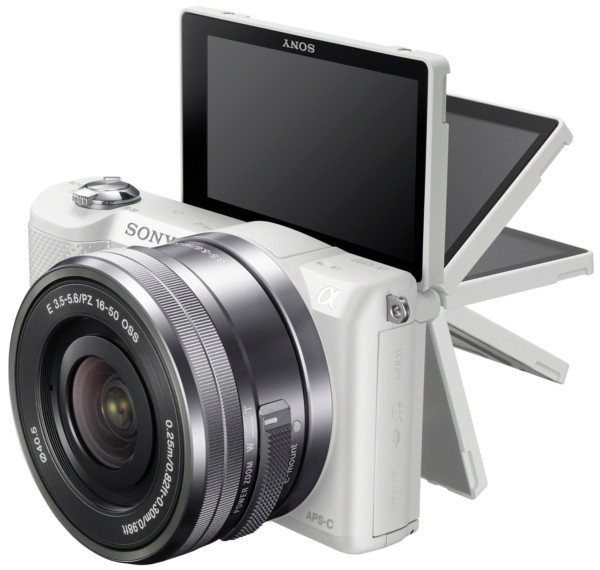
With its 4fps continuous drive mode the Sony A5000 matches the older Canon for speed, but betters its rival with more up-to-date technologies such as built-in Wi-Fi, a longer battery life and an integral flash – but no hotshoe. Its 3in screen is of a lower resolution (460,800 dots) however it is a tilting version for extra versatility. It also has a higher resolution 20MP sensor (versus the Canon’s 18MP) and its more current processing engine works with this sensor to deliver better image quality overall.
Click here to buy the Canon EOS M
Click here to buy the Sony A5000
Panasonic GX7 vs Olympus E-P5

Outwardly similar, this stylish rangefinder-esque pair of rivals is closely matched in many respects. Both are built around 16MP Micro Four Thirds sensors and have the added benefit of sensor-shift image stabilisation on board. Both sport similarly high-resolution 3in tilting touchscreens and offer equally intuitive handling, although the Olympus E-P5 edges ahead with its faster 9fps continuous shooting mode, compared to the GX7‘s 5fps maximum rate.
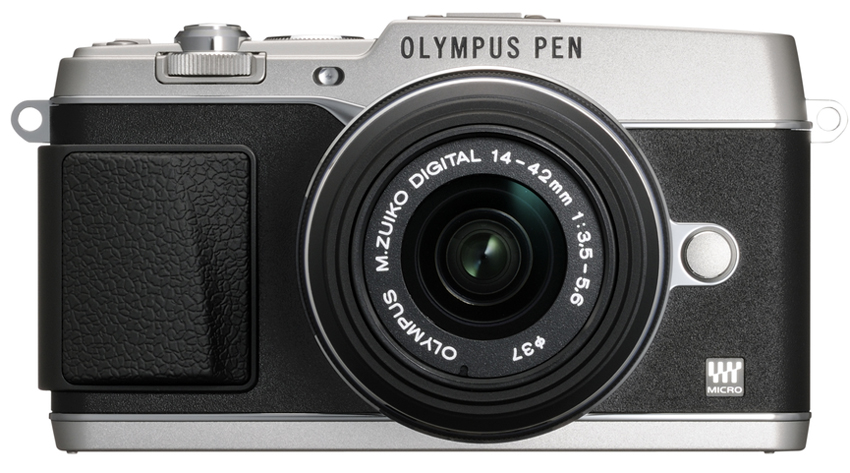
Roughly equivalent in terms of their respective AF systems, sensitivity ranges and battery life, the main differences include the GX7’s useful built-in EVF where the Olympus has none (although an optional one is available), plus the former boasts in-camera HDR and a 24p movie recording option. Generally speaking there’s not a great deal in it, but in terms of image quality the Olympus just has the edge, producing images with lower noise levels and a slightly wider dynamic range.
Click here to buy the Panasonic GX7
Click here to buy the Olympus E-P5
Olympus OM-D EM-1 vs Olympus OM-D E-M5
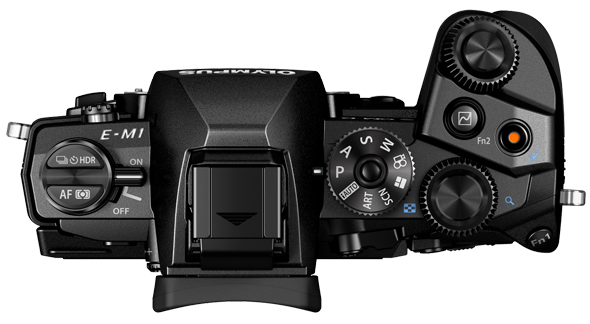
Cameras within the Olympus OM-D family share many of their key specifications with one another, with new launches inheriting the best bits of their forebears. This is the case with this pair, each being built around CMOS sensors of the same size and 16MP resolution, with sensor-shift image stabilisation included within each. In other respects, however, the OM-D E-M1’s relative newness means it benefits from more current technologies, notably a higher resolution (1,037,000-dot vs 610,000-dot) tilting screen on the rear and a larger, higher resolution EVF too.
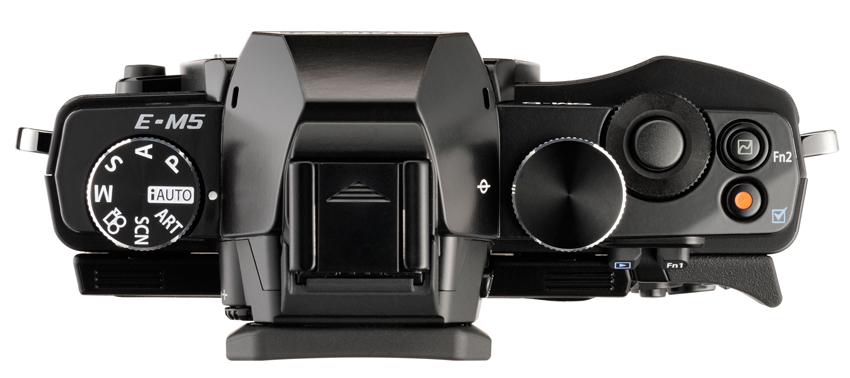
Additional improvements in the OM-D E-M1 include a faster maximum shutter speed (1/8000sec vs 1/4000sec), a slightly faster continuous burst mode (10fps over 9fps), a much more accurate 81-point AF system (versus 35-points) and 30p support when recording full HD movies. It also trumps its predecessor with built-in Wi-Fi and slightly better image quality overall, although the OM-D E-M5 claws back extra points for its cleaner performance at higher ISOs.
Click here to buy the Olympus OM-D E-M1
Click here to buy the Olympus OM-D E-M5
Comments on image quality are based on data provided by DxO Mark
About the Author
Josie Reavely is a Hampshire-based technical journalist. You can view more of Josie’s work on her website

